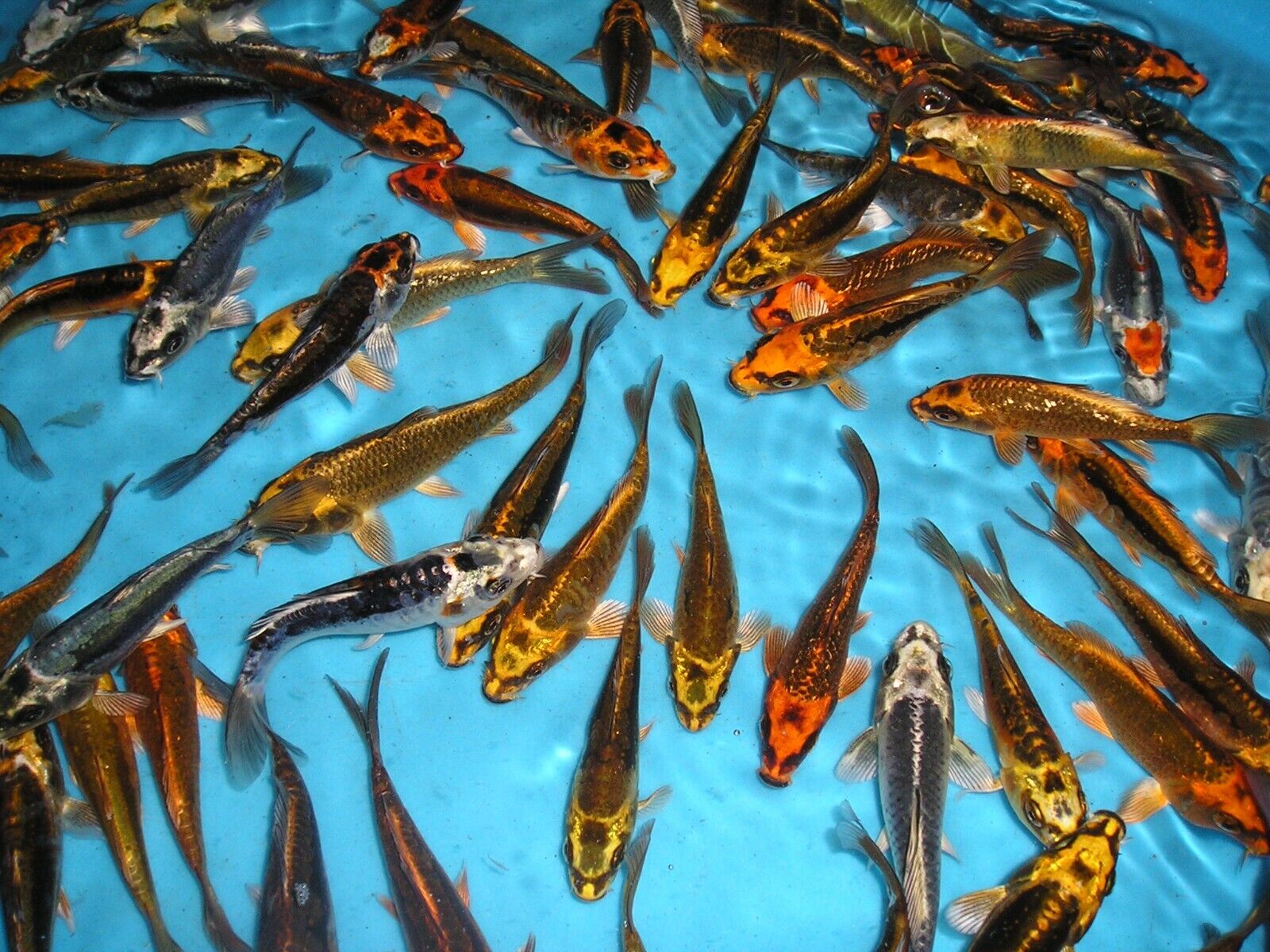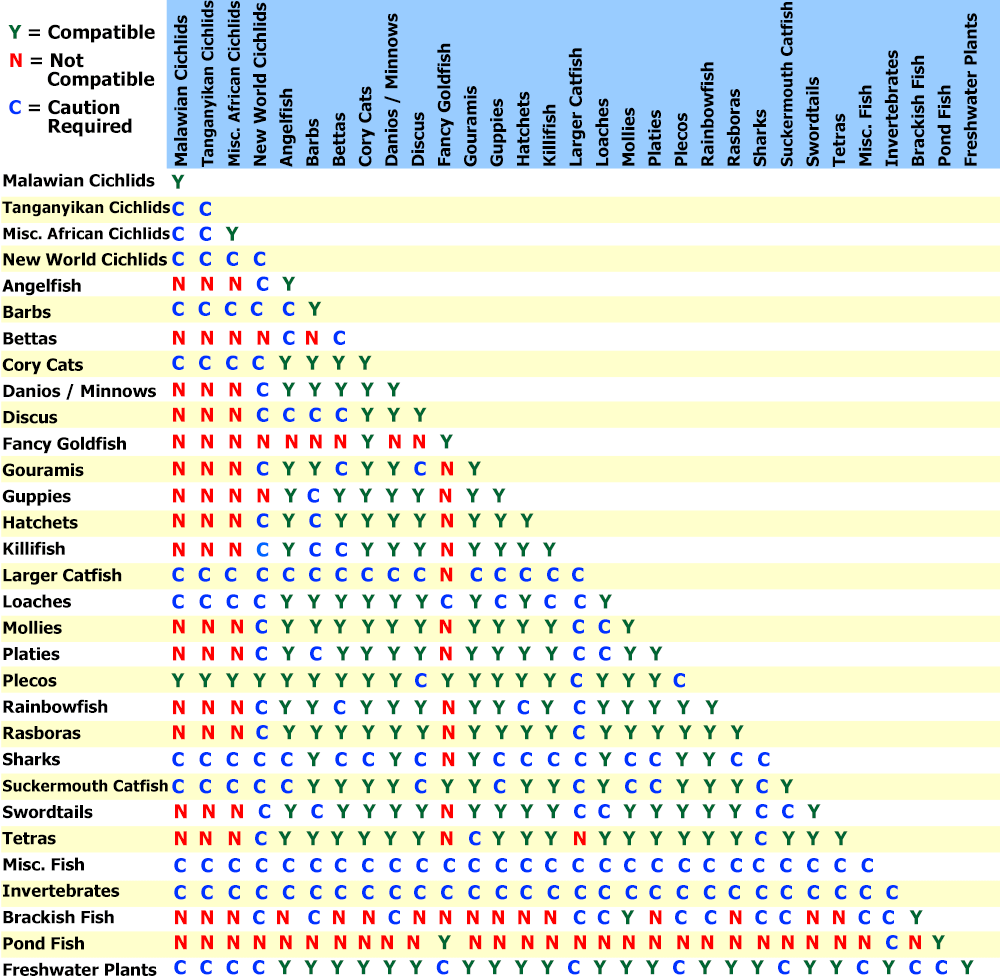Description
Ghost Koi – Mysterious Beauty, Bold Presence
Add a touch of mystery and brilliance to your pond with the stunning Ghost Koi — a modern hybrid known for its metallic shimmer and strong, graceful presence. Originally developed by crossing traditional Japanese koi with wild carp, Ghost Koi are celebrated for their hardiness, fast growth, and uniquely reflective scales that catch the light like silver or gold.
With their sleek bodies and hauntingly beautiful appearance, Ghost Koi bring a dramatic flair to any water garden. They’re especially visible in murky ponds or low-light conditions, making them a favorite for both novice keepers and seasoned koi enthusiasts.
Key Features:
-
Striking Metallic Sheen: Available in silver, gold, platinum, and smoky hues
-
Fast-Growing & Hardy: Excellent for beginners and outdoor environments
-
Great Visibility: Reflective scales make them stand out in deeper or darker ponds
-
Social and Peaceful: Compatible with koi, goldfish, and other pond mates
Care Guidelines:
-
Pond Size: 1,000+ gallons recommended for adult growth
-
Water Temp: 59–77°F (15–25°C)
-
Diet: Premium koi pellets, vegetables, protein supplements
-
Lifespan: 15–20+ years with proper care and environment
Whether you’re looking to add contrast to a traditional koi pond or want a low-maintenance showstopper, Ghost Koi are an unforgettable addition. Hardy, luminous, and full of character — they’re the spectral stars of the water.
Click & Collect
Livestock will only be bagged once you arrive, or if you contact us in advance to request it ready beforehand.
Local Delivery
Order anything from our in-store range and have it delivered right to you.
-
Minimum spend: £50
-
Delivery up to 10 miles: £10
-
Delivery up to 25 miles: £20
Distances are measured “as the crow flies”, not by road.
Once your order is placed, we’ll be in touch to arrange a suitable delivery date and time.
Please note, delivery may take a little longer as we often group orders together to build an efficient delivery run.
Important: If you’re ordering a large aquarium, please ensure someone is available to help unload the van on arrival.
Dry Goods Delivery
-
DX Express: 1 working day, same-day dispatch before noon 0-75kg
-
Express Pallet: 1–3 working days 75-500kg
If you'd like to add more items to an existing order that hasn't yet been dispatched, please place a Click & Collect order and leave a note asking us to combine the orders.
Please note: We currently only dispatch parcels Wednesday to Friday.
Pre-Order
Want the full details? Check out our Terms & Conditions.
Livestock Delivery
Thursday Delivery – £24
-
Dispatched Wednesday afternoon
-
Delivered Thursday before 1pm
-
Order by Wednesday 12 noon
-
Minimum spend: £50
Friday Delivery – £24
-
Dispatched Thursday afternoon
-
Delivered Friday before 1pm
-
Order by Thursday 12 noon
-
Minimum spend: £50
Saturday Delivery – £29
-
Dispatched Friday afternoon
-
Delivered Saturday before 1pm
-
Order by Friday 12 noon
-
Minimum spend: £50
📦 Want to Add to an Existing Order?
No problem! Just place a Click & Collect order and leave a note asking us to link it with your original one (as long as it hasn’t been dispatched yet).
🛒 Dry Goods Now Included!
You can now include dry goods in your livestock delivery – perfect for topping up supplies in one go.
❄️ Please note: We can’t send frozen food with livestock – please order frozen items separately.
⚠️ Delivery Exclusions
Unfortunately, we’re unable to deliver livestock to the following postcodes:
Scotland & Isles:
AB30–AB56, DD8–DD10, DG3–DG9, DG12–DG14, FK17–FK21, KA18–KA19, KA26–KA30, PA20–PA38, PA80, PH3–PH40
Cornwall Isles: TR21–TR25
All of the following postcodes are excluded:
BT, HS, IM, IV, JE, KW
Plus Channel Islands and Shetland Islands
Payment & Security
Your payment information is processed securely. We do not store credit card details nor have access to your credit card information.


